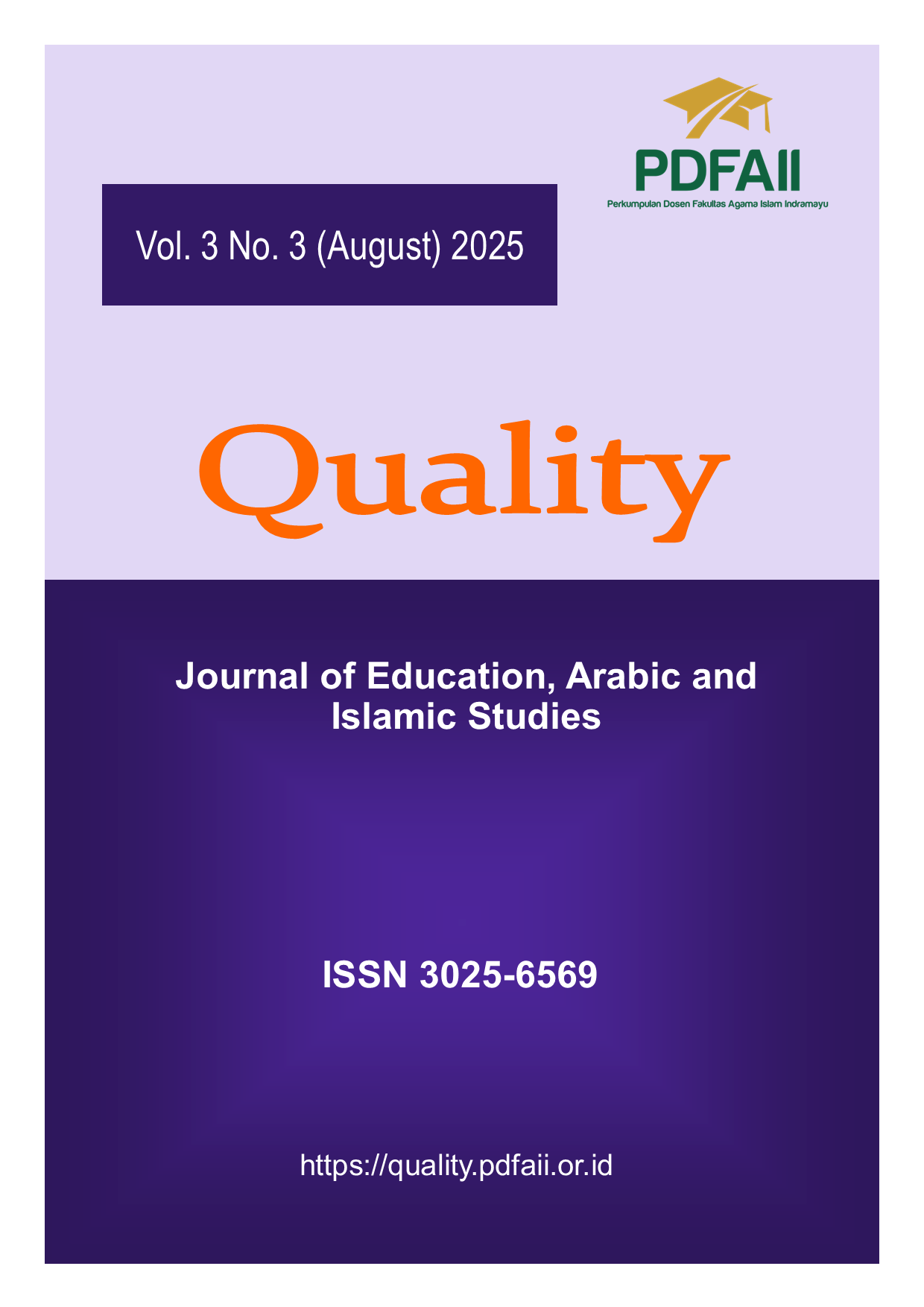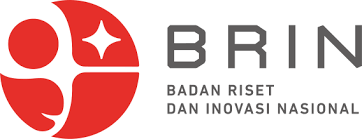E-Learning in Modern Education: Journey, Implementation, Challenges, and Future Potential
DOI:
https://doi.org/10.58355/qwt.v3i3.105Keywords:
E-learning, Distance Learning, Educational Technology, Online Learning, EducationAbstract
E-learning has revolutionized the world of education by offering greater flexibility and accessibility through the use of technology. This method allows students to learn independently anytime and anywhere, integrating a variety of engaging learning media. However, its implementation faces challenges, including uneven internet access and the need for high levels of self-discipline from students. However, with technological advances such as AI, VR, and AR, e-learning has great potential to become more personalized, immersive, and adaptive. The implementation of e-learning in educational institutions such as schools and universities shows similarities in the use of technology and material management, but differs in the level of independence required by students and the context in which it is used. This research highlights that e-learning has advantages such as flexibility in time, broad access to materials, and personalization, but also disadvantages such as limited social interaction and infrastructure issues. Overall, e-learning continues to transform into an inclusive and effective educational solution, opening up new opportunities for lifelong learning.
Downloads
References
Clark, R. C., & Mayer, R. E. (2016). E-learning and the Science of Instruction: Proven Guidelines for Consumers and Designers of Multimedia Learning. John Wiley & Sons.
Didik Himmawan, Nur Izzatun Fauzi, & Nanang Priono. (2025). Multimedia Based E-Learning Development for The Effectiveness of Distance Learning. Al-Ard: Journal of Education, 1(1), 1–8. Retrieved from https://al-ard.kjii.org/index.php/i/article/view/1
Didik Himmawan, & Zahrotunnisa. (2025). Evolution and Implementation of E-Learning in Modern Education: A Comprehensive Study and Strategic Recommendations for Higher Education Institutions. Al-Ard: Journal of Education, 1(2), 71–78. https://doi.org/10.63738/al-ard.v1i2.12
Handayani, M. S., & Lestari, D. (2021). Evaluasi Pembelajaran E-learning di Masa Pandemi Covid-19 pada Mahasiswa Universitas XYZ. Jurnal Ilmiah Pendidikan, 15(1), 90-104.
Kemdikbud RI. (2020). Panduan Pembelajaran Jarak Jauh di Masa Pandemi Covid-19. Kementerian Pendidikan dan Kebudayaan Republik Indonesia.
Linmasya Syafa’atun Nurjannah, & Didik Himmawan. (2025). Implementation of E-Learning in Schools to Improve Student Skills. Ilmina: Journal of Education and Counseling, 1(1), 35–43. Retrieved from https://ilmina.kjii.org/index.php/i/article/view/5
Prasetyo, Z., & Santoso, H. B. (2020). E-learning: Konsep, Aplikasi, dan Implementasi dalam Pembelajaran Jarak Jauh. Andi Offset.
Nugroho, S. (2020). Pengembangan Sistem Pembelajaran Elektronik di Perguruan Tinggi: Tantangan dan Solusinya. Jurnal Teknologi Pendidikan, 21(2), 77-84.
Sumarni, D., & Suryani, E. (2019). Penerapan E-learning dalam Pembelajaran di Perguruan Tinggi. Jurnal Pendidikan dan Teknologi, 12(1), 45-56.
Downloads
Published
How to Cite
Issue
Section
License
Copyright (c) 2025 Didik Himmawan, Rena Mayang Seruni

This work is licensed under a Creative Commons Attribution 4.0 International License.











